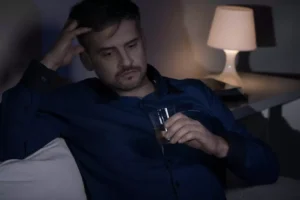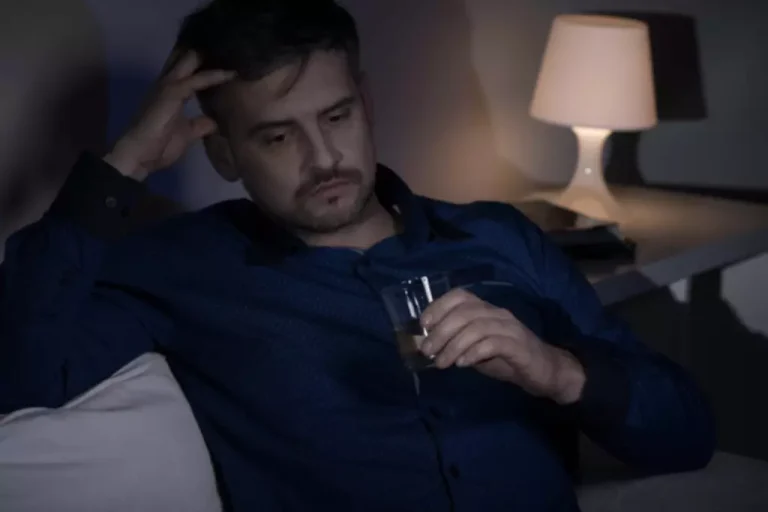
This article focuses on the description of psychedelics, with a particular focus on dimethyltryptamine (DMT) and ayahuasca pharmacology, effects, safety and toxicity. Specific considerations regarding the management of psychedelic toxicity are also provided as well as future directions for safe psychedelic use in clinical practice. If mystical experience predicts the therapeutic outcome, it is then important to factor in the elements that affect the phenomenon. Further, Aust et al. (48) demonstrated a significant negative correlation between ketamine-induced acute anxiety and the personality domain of openness to experience. Mystical experience may have a relationship to psychedelic therapy outcome as some studies have indicated an application of the former may result in ‘abrupt, substantial, and sustained changes in behavior and perception’ (13). As early as 1960, Stace (25) identified several dimensions of mystical experience to include (1) sacredness, (2) noetic quality, (3) deeply felt positive mood, (4) ineffability, (5) paradoxicality, and (6) transcendence of time and space.
Personal ViewTreatment with psychedelics is psychotherapy: beyond reductionism
The Veterans Health Administration’s (VHA) Office of Research Development (ORD) is funding research on psychedelic compounds in Veterans. Enthusiasm for psychedelic treatments has spurred several movements promoting their decriminalization and legalization. The most notable of these is unfolding in Oregon, where in November 2020 voters approved a ballot initiative legalizing psilocybin and establishing a statewide system of psilocybin therapy clinics. Motivated by the high burden of mental illness and the urgent need for accessible treatments, Oregon decided to allow psychedelics to be administered by facilitators without mental health training, and for people to use psilocybin without a prescription.

Must psilocybin always “assist psychotherapy”?
They also conduct subsequent debriefing sessions to help patients consolidate insights and establish new ways of seeing themselves in relation to the world. Using moderate to large doses of drug, psychedelic-assisted psychotherapy are psychedelics addictive is not microdosing. Microdosing refers to the ingestion of very small doses of certain psychoactive drugs, most often LSD, psilocybin, or cannabis. Microdoses are known as “sub-perceptual” and are typically one-tenth or even one-twentieth of a standard dose.
What the Experience is Like
- It also promotes the release of oxytocin, stirring feelings of emotional openness, empathy, and connectedness.
- Lastly, increases in experiential acceptance following psilocybin-assisted treatment have been linked to decreases in depression severity16.
- Given the worsening mental-health crisis, and a lack of innovation in psychopharmacology, it is urgent that the US Congress make funds available for psychedelics research, which is currently sustained mainly by corporate and private donors.
- Overall, the bootstrapped EGA results for both the Frequency and the Acute Models suggested similar median partial correlation networks as the original EGAs, with a four-cluster solution identified ca.
- This fascinating alternative practice is known as psychedelic-assisted psychotherapy (PAP), or psychedelic therapy.
MDMA is in the subclass of psychedelics called “empathogens,” named for their ability to promote attachment, trust, empathy, and interpersonal connectedness 11. MDMA may cause subtle perceptual changes that are generally less intense than those caused by the classical psychedelics. It also affects emotional perception, making users slower to perceive anger in other people and producing stronger responses to positive emotions 12. No matter where you are in your quest for better health, therapist.com will meet you there. In the second stage, a client will ingest psychedelics with the guidance of their psychiatrist. This stage may involve several sessions depending on the specific psychedelic being used.

In the 1970s, some psychiatrists had started studying it as a potential therapy again, but it was simultaneously being used as a party drug and was banned by the U.S. in 1985. While many have heard of psychedelics being used solely for recreational purposes, they are now being explored for their mental health benefits. Julia Childs Heyl is a clinical social worker who focuses on mental health disparities, the healing of generational trauma, and depth psychotherapy.

I felt like I had the ability and tools, whereas before I was unarmed, unarmored, and had no support. And this type of environment, with the therapists, the catalyst drug, and everything else, it felt as though I had backup. Now it was safe and I had my tools and weapons to be able to tackle the obstacles that I never had before.” 80 MDMA, PTSD. “I mean besides the ayahuasca itself, besides the medicinal quality of you know, chemically what ayahuasca can do, I would say that (the most important therapeutic elements were) the trust, therapeutic trust in the medicine men and as well, the follow-up. I don’t know if I would ever recommend an ayahuasca ceremony without that therapeutic, the first one at least, without that therapeutic follow-up.” 87 ayahuasca, eating disorder. “And so what most people think is that well, that probably means that it’s something about how it’s given.” Woolley explains that setting matters.
In addition to a variety of doses and formulations, different trials are testing different therapeutic approaches. For example, the therapist’s main goal could just be to guide the experience and keep the patients safe since patients could experience psychoses or behave erratically. Jetly believes therapists should help guide patients as they discuss whatever comes to mind, but not insist on focusing on specific goals like they might during CBT. “There’s no right and wrong, but you’re hoping that with the medicine, and after the experience, that they’ll be able to bring up stuff that was otherwise painful and maybe make some connections.” That could help them better understand themselves and make sense of their experiences. The most important part, says Vermetten, is that therapy continues after the psychedelic treatment. The therapy is not done https://ecosoberhouse.com/ when you’re done with the two sessions of psilocybin,” he says.
Overview of Psychedelics for Mental Health
As a writer, she focuses on mental health disparities and uses critical race theory as her preferred theoretical framework. In her clinical work, she specializes in treating people of color experiencing anxiety, depression, and trauma through depth therapy and EMDR (eye movement desensitization and reprocessing) trauma therapy. In response to reports of misconduct and sexual assault during psychedelic sessions, research organizations have created several sets of professional guidelines for psychedelic practitioners and people participating in clinical trials. The field is just beginning to understand how psychedelics might be helpful in treating mental health disorders.
One way of thinking about the psychological mechanisms of psychedelics’ action is that they function as “belief relaxers” 38•. Underlying various forms of psychopathology are strongly held, maladaptive beliefs which guide the ways patients perceive the world, other people, and themselves. With rigorous psychotherapeutic integration, patients begin to consider new perspectives and are able to restructure their habitual ways of approaching the world.

Searches and Study Selection
There is much room to grow in understanding what conditions they might be most helpful in, what psychotherapeutic interventions are the most efficient and effective, and for what populations they are indicated and contraindicated. The state of Oregon is pursuing an alternative model in which trained facilitators licensed by the Oregon Health Authority will administer psilocybin21. Clients seeking access to ‘psilocybin services’, as they are called in Oregon, need not have a medical diagnosis to participate.

Leave A Comment